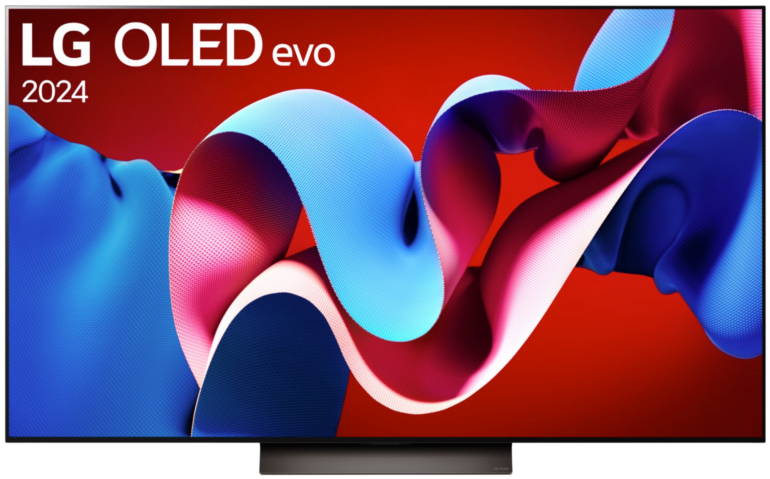Philips 8897 The One vs Samsung QLED Q70B TV comparison 2023/02
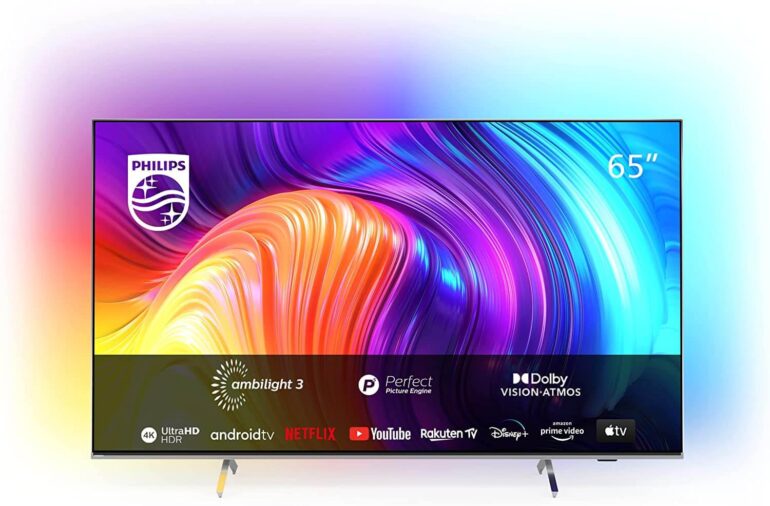
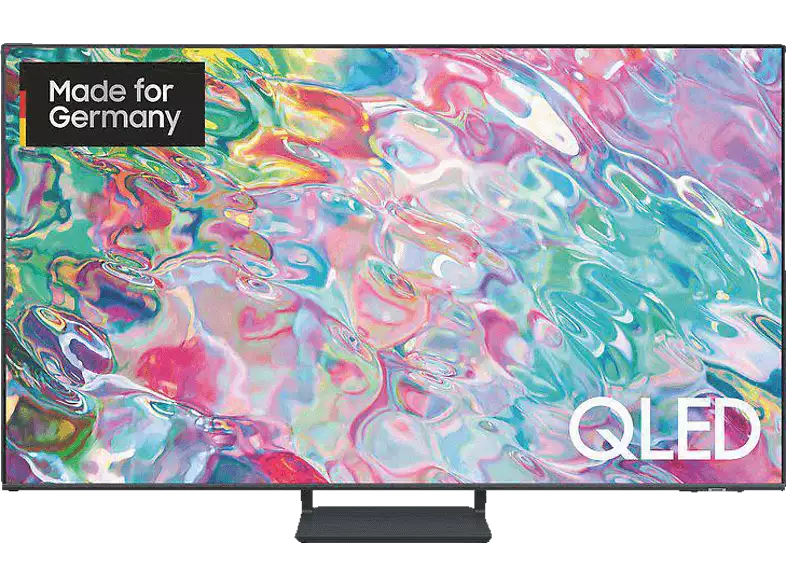
Hey! If you buy through our links, you support our project. It won't cost you a cent more! Many thanks in advance! ♥️
Philips 8897 The One and Samsung QLED Q70B compared – Which TV is better?
Detailed comparison: Philips 8897 The One or Samsung QLED Q70B
Average reflection handling
Strong object contours and light sources are definitely visible on both TVs in a deactivated state. Thus, the native reflection handling is rather average on the semi-glossy panels of these devices. Therefore, we can say that the fewer windows around the screen, the better.

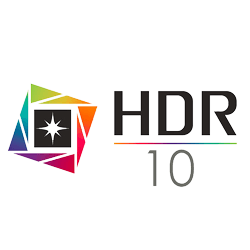
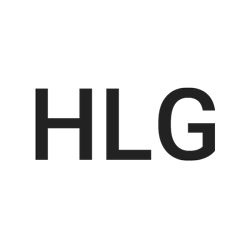
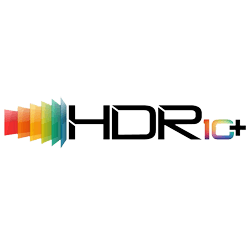
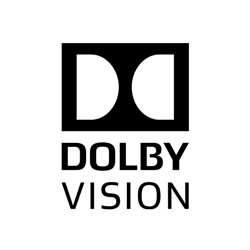




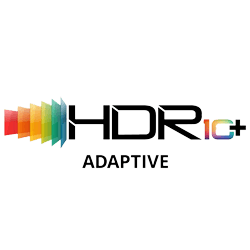
IPS keeps the usual advantage
Since we have two panel technologies with different strengths in front of us, IPSIn-Plane Switching, type of LCD Panel in the Philips and VAVertical Alignment, type of LCD Panel in the Samsung, the results are as expected and clearly in favor of the 8897.
The VA technology is just visibly less stable in this point and makes the picture paler and darker from a comparatively low viewing angle. The overall picture remains much better on “The One” and is thus also suitable for a side view.
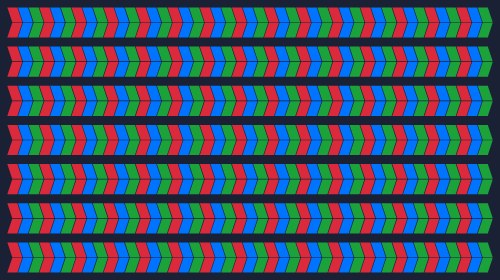


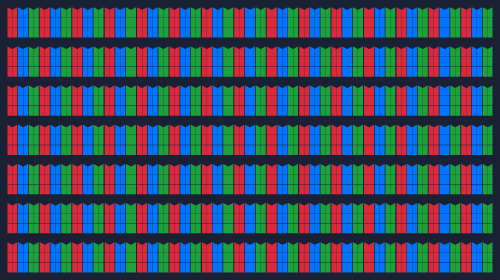


Light bends are absorbed well
Despite their comparatively low peak luminance, both TVs can still counter reflections quite effectively during operation thanks to their background brightness and maintain a decent overall visibility of the picture content even in more strongly lit rooms.
Yet, the Q70B offers a slightly better performance. So, “The One” has to take a back seat in this category with a peak of about 460 nitsSI unit of luminance: 1 nit = 1 cd/m2 – The best way of measuring and comparing a TVs brightness .




Higher performance on the Samsung
As soon as the devices switch to HDRHigh Dynamic Range – image/video with more dynamic range (contrast range) mode in our comparison between the Philips 8897 The One vs Samsung QLED Q70B, the Q70B picks up in terms of brightness peaks and places itself ahead of the affordable Ambilight TV.
On top of that, there is a fabulous contrast ratio that ensures deep blacks and leaves the competition from Philips little chance to catch up. However, the Quantum Dot model is a bit more power consuming.












Almost balanced
To counteract the good black level due to the high native contrast and the better brightness, the Philips offers a larger color space coverage. Thus, content is reproduced in a vivid and natural way.
Color transitions and edges appear clear and distinct. Bright details, on the other hand, are presented a bit stronger by the Samsung.
For an adequate sound experience, we recommend avoiding the internal speaker solution and relying on an external option in the form of a compatible soundbar to use uncompressed sound via HDMI eARC connection.



Next-gen gaming despite low-costs
In fact, both TVs allow you to use almost all features of the current next-gen consoles from Sony and Microsoft.
You not only get the ability to display 120 frames per second, but also features like VRRVariable Refresh Rate – synchronizes the display’s refresh rate with the output refresh rate of the graphics card and AMD FreeSyncVariable Refresh Rate with AMD graphics cards or consoles against disturbing staircase effects during gaming.
Additionally, there’s a low input lag and a fast response time. Instead of four ports with HDMI 2.1 standard – like in the Q70B – you only have to deal with two in the “The One”.

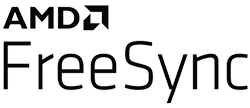


With slight weaknesses in detail
On both TVs, the refresh rateHertz is the derived SI-unit of frequency with 1Hz=1/s – When talking about TVs this means how many different pictures a TV can display in one second. of 120 hertz is supported by the interframe calculation with additionally calculated content, ensuring a clearer and cleaner presentation.
On top of that, the performance is enhanced by the panels’ nimble response time. When it comes to color consistency, the Q70B doesn’t really make a good impression, but it’s still okay.
The Samsung model shows a slight dirt effect and darker corners. On the other hand, the Philips is a little bit better in this area. This is noticeable in sports with large and especially bright surfaces.
Connectivity that sets them apart
In addition to the usual, adjustable Ambilight function that awaits you on three sides of the rear panel of “The One”, this model scores with a special Aurora feature that immerses your room in an individual ambience including background noise. To complement this setup, you have the option of using Philips Hue lights. You also get DTSMulti-channel-sound-system (Surround Sound) competing with Dolby Digital Play-Fi for wireless surround sound and multi-room.
Using the so-called Mimi Sound, you can adjust the tone to your hearing sensitivity. This is particularly handy for people with hearing impairments. On the other hand, Q-Symphony gives you the option to match the sound of the Q70B with a compatible soundbar. Unfortunately, the menu layout is a bit convoluted and therefore not as intuitive as in other operating systems.
The Tizen OS from the Q70B is quite tidy, easy to use and fluid to navigate through. An extensive app selection and the usual voice assistants from Amazon and Google are part of both devices. However, you will not see Apple Play on the Philips. This feature is only offered by the Samsung.



integriert

kompatibel


kompatibel

integriert
Our conclusion:IPS color vs VA contrast
Due to the better picture performance, the Quantum Dot model wins by a few extra points in our comparison between the Philips 8807 The One vs Samsung QLED Q70B. However, you will see clear advantages as well as relevant disadvantages on both sides, which could move you in one direction or the other depending on your usage behavior.
While the Q70B is almost bursting with contrast and has a solid brightness, the Philips model shines with a great color representation, flanked by the 3-sided Ambilight and a resilient viewing angle. The score for connectivity also goes to the 8807. A bit more accessible is the QLED’s screen surface.
In terms of gaming, both TVs are truly outstanding and offer little room for criticism. The final level for brilliance is not reached in each case, but that is not really a surprise due to the comparatively low price range.

- 120 Hz
- Gaming-Features
- HDMI 2.1
- 3-sided Ambilight
- Dolby Vision & HDR10+
- Android 11
- P5 Perfect Picture Engine
- Dolby Atmos
- Picture Quality
- No local dimming
- Different panel types
- Black level

- High native contrast
- Deep black
- 120 Hertz panel
- Good color gamut
- Many gaming features
- HDR10+ & HDR10+ Adaptive Format
- Dolby Atmos
- Q-Symphony
- Narrow Viewing Angle
- Without local dimming
- No Dolby Vision
